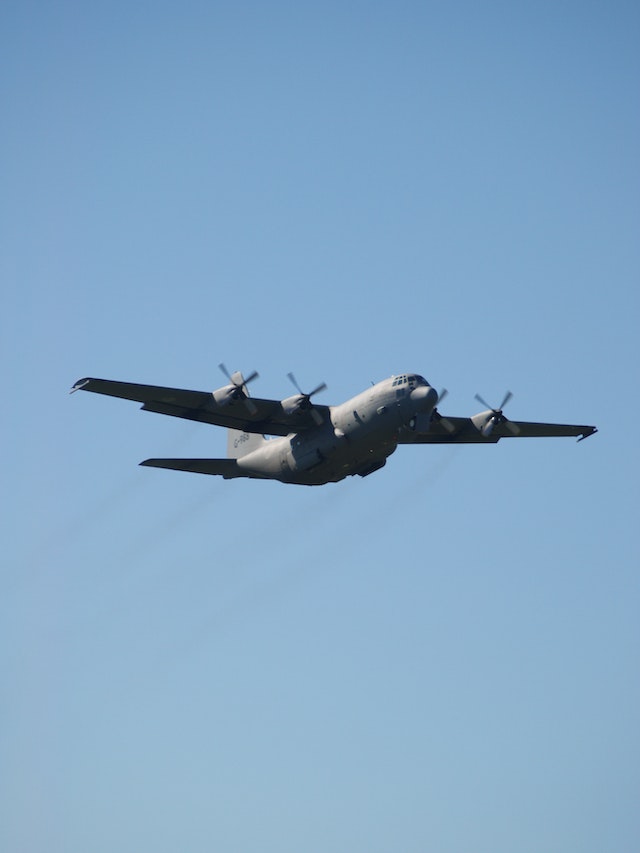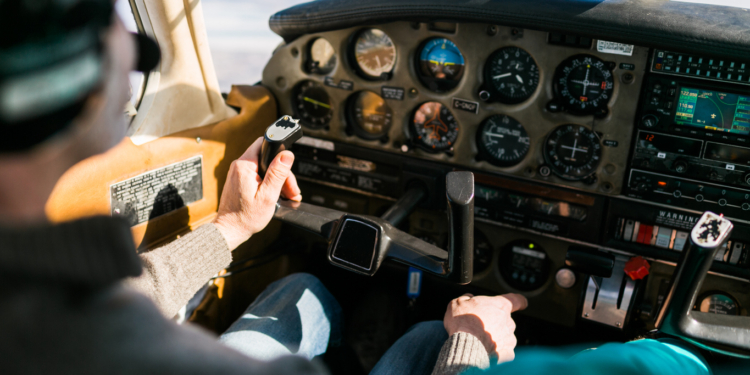Dreaming of soaring through the skies as a commercial airliner pilot or experiencing the pure thrill of commanding an aircraft? If your aspirations involve becoming a pilot, selecting the right flight school is your crucial next step. This comprehensive guide is here to assist you in finding a flight school that aligns seamlessly with your goals, preferences, and career aspirations.
Things To Look Out For When Deciding On The Right Flight School
Conduct Comprehensive Online Research
The internet is a treasure trove of information about various flight schools, offering insights into their programs, instructors, and facilities. When embarking on your research journey, watch for essential details such as accreditation, certifications, and affiliations with aviation organizations. Additionally, you can uncover valuable information about the duration of training for becoming an airline or commercial pilot and the determining factors. Reputable websites also delve into pricing structures, types of pilot licenses available, and the benefits of enrolling in a specific flight school. Make sure to peruse student testimonials and reviews to glean insights from the experiences of past attendees.
For more in-depth interactions, explore aviation-related online forums and discussion boards. Engaging with current or former students can provide valuable perspectives and answers to your questions. Furthermore, don’t overlook the power of social media platforms like Facebook and LinkedIn to connect with pilots and aviation enthusiasts, who may offer recommendations and invaluable insights into the array of flight schools at your disposal.

Define Your Goals and Set a Realistic Budget
Begin by clarifying your objectives for attending a flight school. Are you aiming for a career as a professional pilot, or is your desire to enjoy recreational flying? This decision will significantly narrow your options, as different flight schools cater to distinct programs and certifications.
Bear in mind that flight training can be a substantial financial investment. To navigate this, it’s crucial to establish a realistic budget. Your budget should encompass tuition fees and ancillary expenses like textbooks, materials, and flight hours. Research the average costs of flight schools in your local area and evaluate whether they align with your financial preparedness.
Explore Financing Options
Tuition fees for flight schools can span thousands to tens of thousands of dollars. However, numerous financing options are available to assist aspiring pilots in making their dreams take flight. Financial institutions often offer tailored loans for aviation students, featuring favourable interest rates and flexible repayment terms. These loans generally cover tuition and expenses like books, equipment, and sometimes living costs.
Another avenue to explore is scholarships and grants. Many organizations and foundations extend financial aid to deserving aviation students based on academic performance, merit, or financial need. Scholarships can substantially offset training costs and sometimes even cover a significant portion of tuition fees. Finally, some flight schools provide in-house financing options or instalment plans, enabling students to spread the cost of their training over an extended period. This can be a valuable alternative for those who don’t qualify for student loans or scholarships but remain dedicated to pursuing their passion for flight.
Assess the Curriculum
A well-structured curriculum ensures aspiring pilots receive a comprehensive education, equipping them for real-world flying experiences. It should encompass all the essential theoretical knowledge, practical skills, and flight manoeuvres required for various pilot certifications. The curriculum should incorporate ground school classes covering aviation regulations, navigation techniques, meteorology, aerodynamics, and aircraft systems. Furthermore, it should offer hands-on training in simulators and actual aircraft to ensure students gain practical experience.
Evaluating the training aircraft available at each flight school is also critical. Consider factors such as aircraft type (single-engine or multi-engine), the age of the fleet, maintenance practices, avionics equipment on board (such as GPS systems), and the overall condition of the planes. Access to well-maintained and technologically advanced training aircraft enhances safety and ensures you learn using equipment you’re likely to encounter in your future aviation career.

Visit and Tour Prospective Flight Schools
Visiting potential flight schools in person allows aspiring pilots to experience the facilities firsthand. This visit is an opportunity to learn about the training programs and meet instructors and staff. It’s a crucial step in gauging the expertise of the people who will guide you through your journey, ultimately building trust in your chosen school. Take this opportunity to ask questions about curriculum structure, teaching methods, and instructor qualifications.
During your visit, pay close attention to the overall atmosphere of the flight school. Is it professional, and are the aircraft well-maintained? These factors play a significant role in determining the quality of education you’ll receive. You gain a valuable perspective by touring multiple flight schools, allowing you to make informed comparisons and find the school that best suits your unique needs.
As you can see, there are numerous steps you can take to help you make the most informed decision when choosing a flight school. Through thorough research and personal visits, you can uncover the perfect flight school that will provide the necessary tools to achieve your dream of becoming a pilot.

Discussion about this post